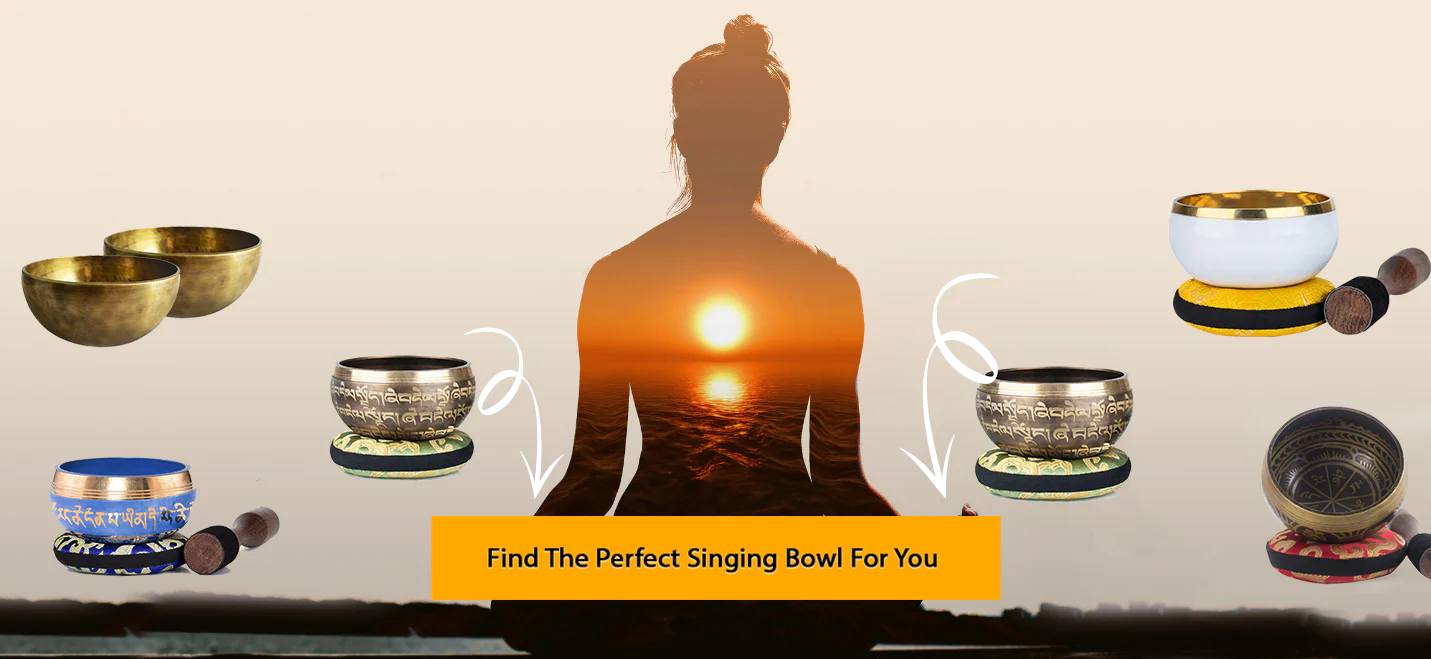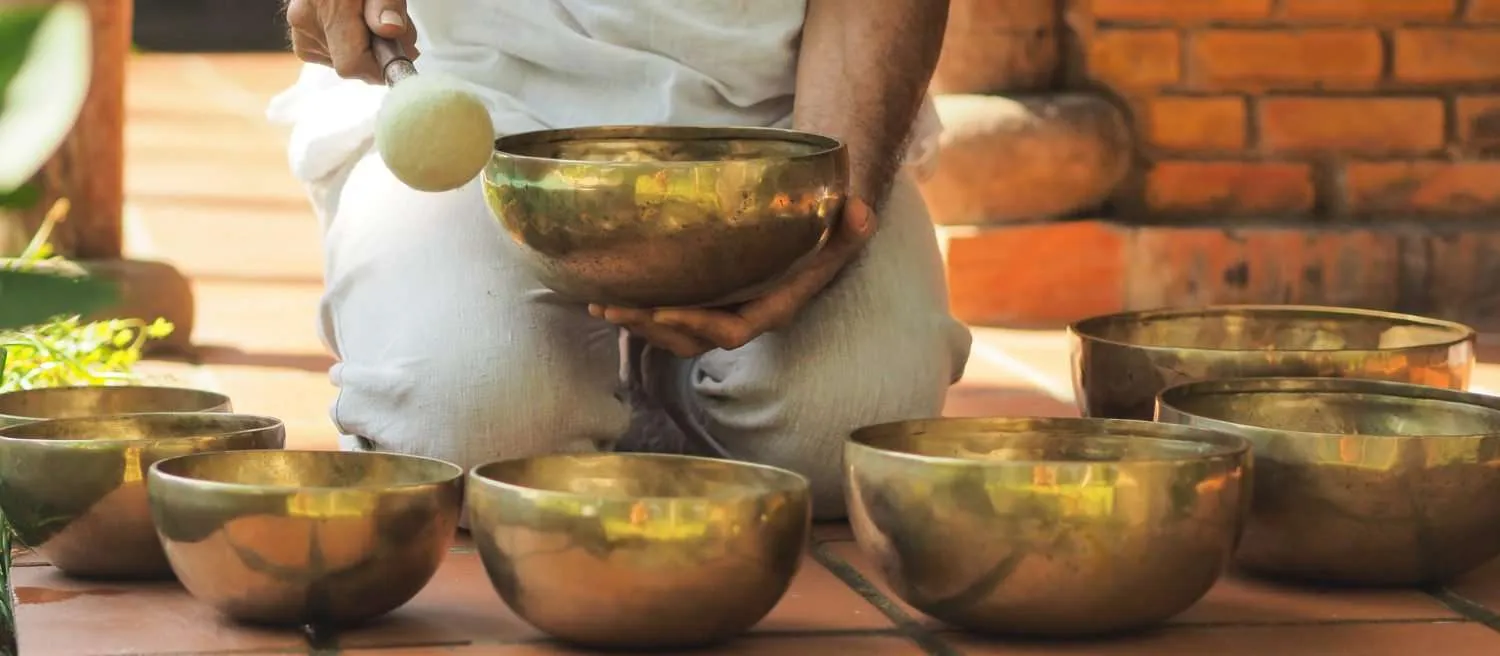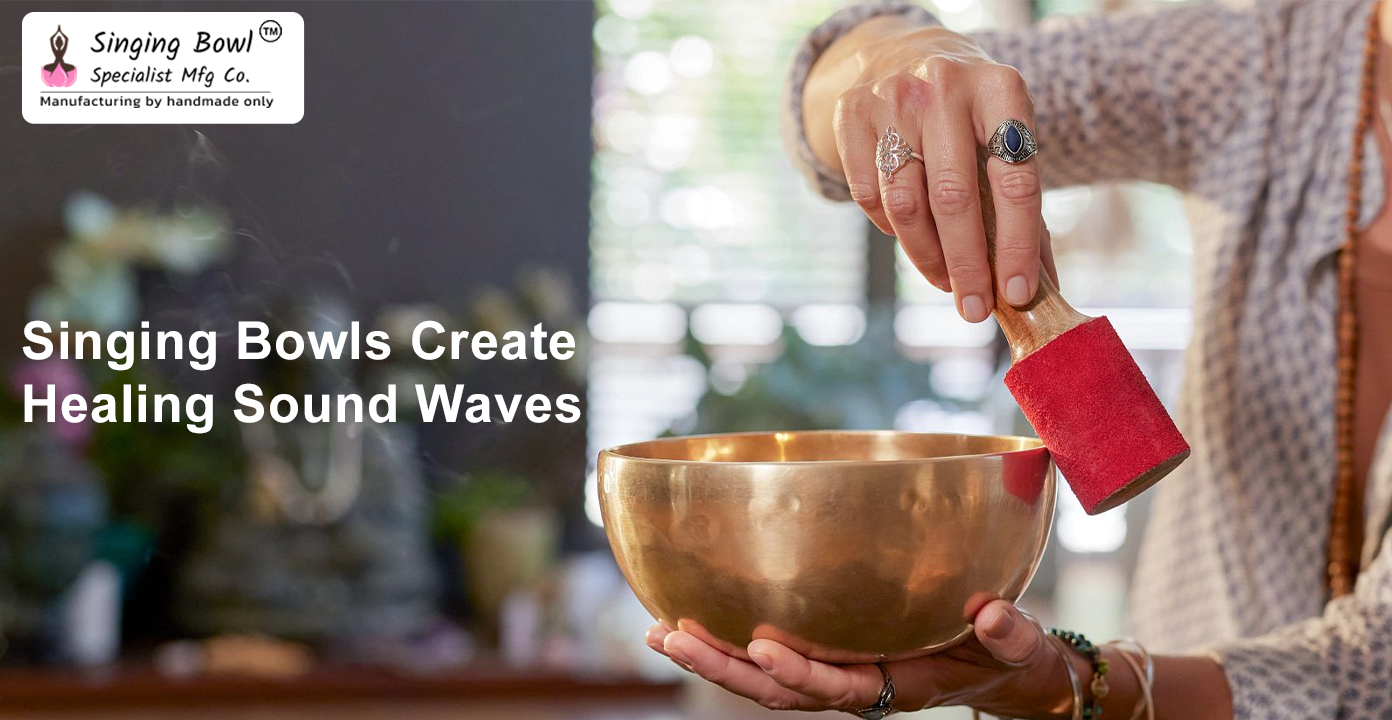The Growing Global Demand for Singing Bowls
In recent years, singing bowls have transcended their traditional Tibetan and Nepalese roots, becoming a global phenomenon. Used for meditation, sound healing, yoga practices, and even alternative therapy, their significance has expanded beyond spiritual realms into wellness centers, holistic clinics, spas, and households worldwide.
As global interest grows, India has emerged as a key export hub for high-quality singing bowls, known for intricate craftsmanship, purity of tone, and sustainable sourcing. Brands like Singing Bowl Specialist have played a pivotal role in meeting this international demand with consistent quality and timely deliveries.
India's Strategic Role in the Singing Bowl Export Market
Rich Heritage & Artisan Craftsmanship
India, particularly the regions of Uttar Pradesh, West Bengal, and Himachal Pradesh, is home to a rich tradition of metalwork. Artisans with generations of expertise handcraft singing bowls from pure metals, creating instruments that resonate deeply with global buyers. Singing Bowl Specialist, an exporter recognized for precision and premium sound resonance, works directly with skilled craftspeople to maintain the authenticity and spiritual tone that define these products.
Cost-Effective Manufacturing
Indian manufacturing offers a significant cost advantage without compromising on quality. By leveraging local materials and skilled labor, Singing Bowl Specialist ensures competitive pricing for bulk buyers, wholesalers, and retailers across Europe, North America, and Asia-Pacific. These bowls are competitively priced compared to counterparts from Nepal and Tibet, making Indian exports highly attractive to global importers.
Key Global Trends Driving Singing Bowl Usage
1. Meditation and Mindfulness Movements
The worldwide surge in mental wellness awareness has sparked renewed interest in tools that promote emotional balance and stress relief. Singing bowls, with their harmonic overtones and calming vibrations, have become integral to meditation routines and therapeutic environments.
In the U.S. alone, meditation practitioners have tripled over the last decade. Wellness influencers and psychologists recommend sound therapy through singing bowls to enhance cognitive clarity and inner peace—a trend especially evident on social media platforms like Instagram, TikTok, and YouTube.
2. Integration into Yoga and Wellness Studios Modern yoga studios and spas around the world integrate singing bowls in classes for savasana, chakra balancing, and restorative sessions. Bowls tuned to specific frequencies help align chakras and enhance prana flow, making them ideal tools for both practitioners and instructors.
Brands like Singing Bowl Specialist supply high-volume orders to yoga chains in the U.S., Germany, Australia, and Japan. Their product line includes chakra-tuned bowls, hand-hammered full moon bowls, and machine-made variants—catering to both premium and budget-conscious segments.
3. Alternative and Holistic Healing
Holistic and integrative medicine is now a $100+ billion global industry. Sound healing therapists use singing bowls in treatments to relieve symptoms of insomnia, anxiety, depression, and chronic pain. Clinics and therapists increasingly source their bowls from India due to the depth of tone and long-lasting vibration quality of Indian-made bowls.
Export Insights and Market Opportunities from India
Preferred Materials and Designs
Indian manufacturers use a variety of high-quality materials, including:
- Seven-metal alloys (gold, silver, copper, iron, tin, lead, and zinc)
- Brass and bronze composites
- Stainless steel for modern designs
Popular bowl types include:
- Full Moon Bowls: Made only during full moon nights for spiritual significance.
- Machine-made Bowls: Uniform in size and shape, ideal for beginners.
- Antique-finish Bowls: Vintage aesthetics with rustic patina, highly demanded in the U.K. and U.S.
Export-Friendly Logistics and Documentation
India provides a robust logistics infrastructure for bowl exports via air and sea. Key advantages include:
- Customs-ready documentation (Invoice, Packing List, Certificate of Origin, etc.)
- Eco-friendly packaging with shock-resistant layers
- Door-to-door international shipping
Sustainability and Ethical Sourcing in Focus Modern consumers are increasingly conscious of ethical sourcing and sustainable production. Singing Bowl Specialist ensures:
- Fair wages and safe working conditions for artisans
- Use of recycled metals and natural materials
- Minimal carbon footprint via optimized logistics
Future Projections for Singing Bowl Exports from India Technological Integration
Some global brands are combining singing bowls with digital features like frequency tuners, Bluetooth speakers, and meditation apps. Indian manufacturers are beginning to experiment with fusion products that blend tradition with innovation. Singing Bowl Specialist is already exploring product lines with integrated tuning apps and frequency visualization tools to attract younger, tech-savvy audiences.
Niche Product Segments
Emerging niches include:
- Miniature bowls for personal travel sets
- Crystal singing bowls fused with metals
- Bespoke bowl sets for chakra healing
Why India is the Global Source for Singing Bowls
India has clearly established itself as a reliable, diverse, and ethical exporter of high-quality singing bowls. The country offers unmatched craftsmanship, cost-efficiency, and export readiness—all while adapting to global trends in wellness and sound therapy.
For global importers, Singing Bowl Specialist remains a trusted partner offering:
- Premium handcrafted singing bowl
- Customization and bulk order options
- Ethical and sustainable manufacturing
- Global shipping with minimal lead times
Frequently Asked Questions (FAQ)
Q1. What are singing bowls and how are they used?
Singing bowls, also known as Himalayan or Tibetan singing bowls, are metal or crystal instruments used to produce deep, resonant tones. They are commonly used for meditation, sound therapy, yoga, and spiritual practices.
Q2. Why is India a major exporter of singing bowls?
India has a rich tradition of metal craftsmanship, especially in regions like Uttar Pradesh, West Bengal, and Himachal Pradesh. The availability of skilled artisans, traditional knowledge, and competitive pricing makes India a leading exporter.
Q3What are the key global markets for Indian singing bowls?
The top importers of Indian singing bowls include the United States, Germany, the UK, Australia, Canada, and Japan. These markets have growing wellness and mindfulness communities that drive demand.
Q4. What trends are shaping global demand for singing bowls?
Key trends include:
- Rising interest in wellness and holistic healing.
- Increased use in yoga studios and sound therapy.
- Integration into Western mindfulness practices.
- Demand for handcrafted and ethically sourced items.
Q5. Are there different types of singing bowls exported from India?
Yes. Common types include:
- Traditional bronze/tin bowls (hand-hammered or machine-made)
- Crystal singing bowls
- Decorative and engraved singing bowls for spiritual or ornamental use
Q6. What certifications or standards do buyers look for?
International buyers often seek:
- Fair Trade certification
- Quality assurance on sound resonance
- Eco-friendly or sustainable sourcing
- Authentic craftsmanship (e.g., hand-hammered techniques)
Q7. How has the global pandemic affected singing bowl exports?
Post-pandemic, there has been a surge in demand due to increased interest in self-care, meditation, and online wellness classes. Export volumes from India have recovered and even grown in many markets.










